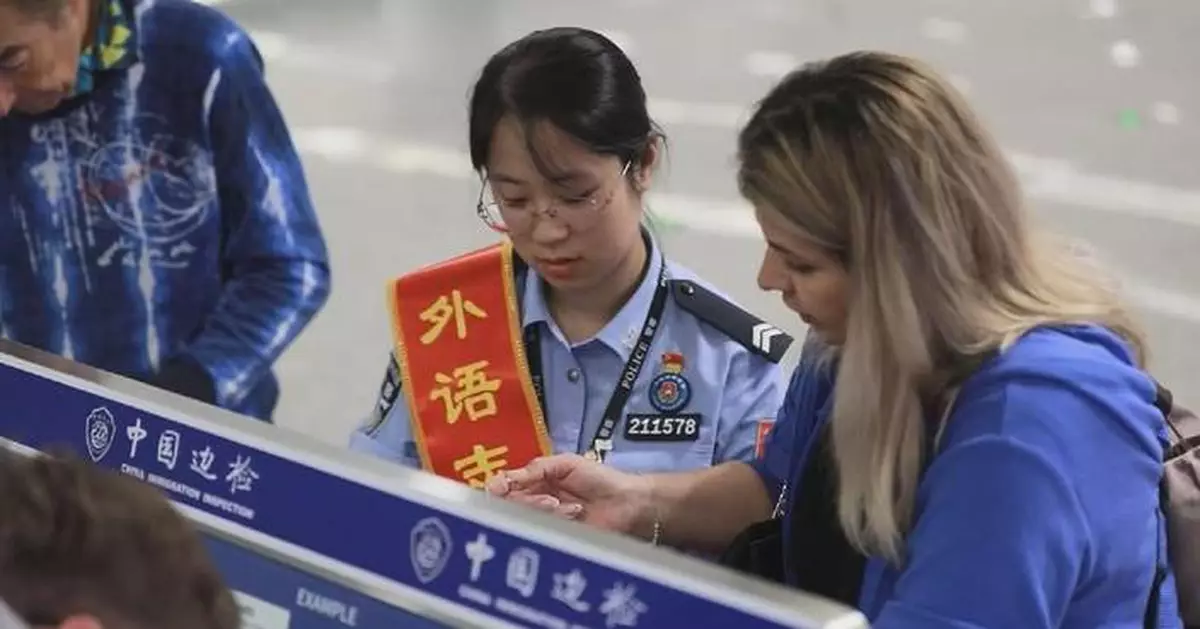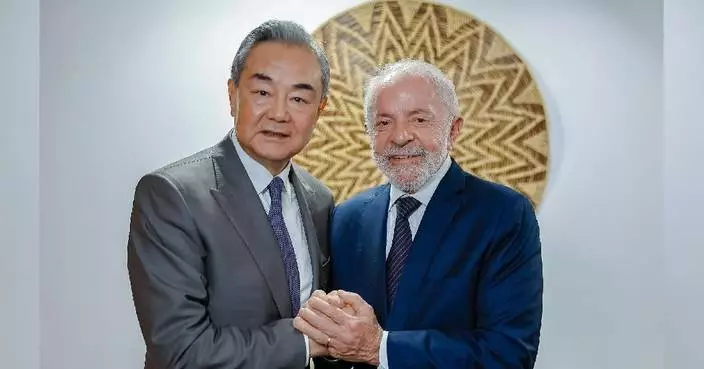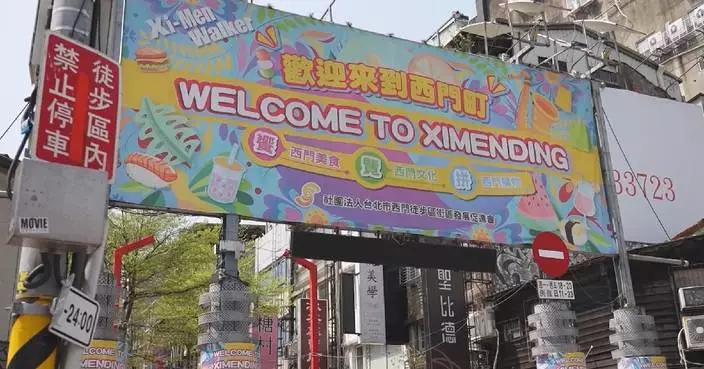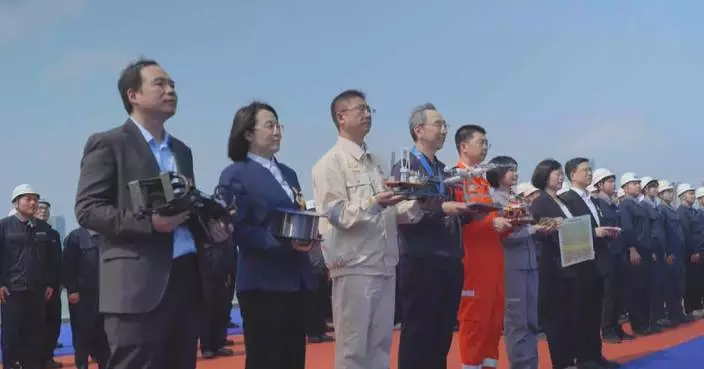Inbound tourism have boomed after China extended its visa-free policy to nine more countries, including Norway, Finland, Denmark, and South Korea.
The pilot visa-free policy, effective from Nov 8 to December 31 next year, marks the fifth round of visa-free policy expansion.
On November 8, the first group of tourists under the new policy arrived at the airport in Wuhan City of central China's Hubei Province. Within around two minutes, all 184 visitors from South Korea had cleared customs.
"With the visa-free policy in place, I can bring my parents and my wife here together, which is convenient," said Lee Sang-Su from South Korea.
To better serve the influx, Wuhan customs has added more language service volunteers and streamlined the border inspection.
"Wuhan Immigration Inspection Station assigned police forces who are fluent in Korean to guide visitors in the entry card filling area, and also perfected the visa-free entry inspection process. We are now able to carry out inspections as soon as visitors arrive to enable faster entry," said Yan Wei, a staff of the Wuhan Immigration Inspection Station.
Apart from visa-free policy expansion, China has also rolled out a series of policies to facilitate foreign tourists including better payment methods, diverse tourism products and so on.
In Zhangjiajie City of central China's Hunan Province, foreign tourists can now buy tickets directly with their passports to explore the scenery of Zhangjiajie Grand Canyon and its breathtaking 300-meter-high glass bridge.
"I always love China, and the culture, and the language, and always want to be here, but it's so far away. So we finally got here, the scenery, so stunning. It's just so amazing. It's such a big and open country. I'm just amazed by everything here," said Dariana, a German tourist. Hangzhou City of east China's Zhejiang Province and Shenzhen City of south China's Guangdong Province are also seeing a growing number of foreign visitors coming in for business, sightseeing or family reunion. According to statistics, Hangzhou customs has welcomed over 110,000 inbound arrivals visa-free so far this year, up 3 times year on year. And for Shenzhen, the number has exceeded 600,000, a seven-time increase year on year.
"Shenzhen Immigration Inspection General Station has inspected a total of 4.55 million inbound and outbound foreigners this year, rising by 98 percent year on year. The visa-free travel constituted 28 percent of the total, compared to 7 percent last year. The visa-free policy is making immediate effects," said Du Hai, a staff of the Shenzhen Immigration Inspection General Station.
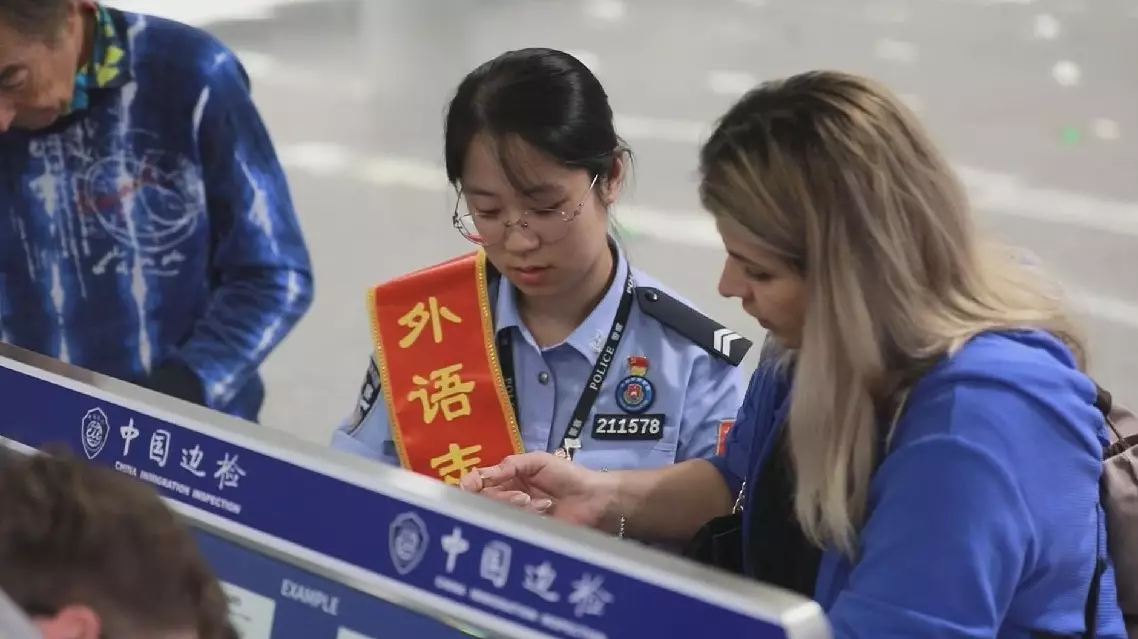
Cities in China see more global tourists as visa-free policy expands
U.S. tariffs on Cambodia, which were set at 49 percent, have sparked concerns among the Southeast Asian country's key export industries such as garment manufacturing amid the ensuing economic uncertainties.
On April 2, U.S. President Donald Trump announced the 49 percent "reciprocal tariff" on goods imported from Cambodia, the highest among all countries. Days later, the U.S. reduced the so-called "reciprocal tariff" to 10 percent for 90 days, offering a window period to Cambodia for negotiations with it.
Cambodian businesspeople say the tariffs have the potential to wreak havoc on the country's manufacturing sector, which, according to data from the World Bank, makes up around a fifth of the country's GDP.
"For U.S. manufacturers, definitely, there will be a big impact. If manufacturers are focusing on U.S. products, they are now in the middle. They don't know what they should do at the moment because the tariff now from Cambodia to the U.S. is actually quite high," said Dr. Ben Li, a Hong Kong investor in Cambodia and Chairman of the Cambodia Chinese Commerce Association.
Nevertheless, Li sees the tariff hike as an opportunity to export more Cambodian goods to the European Union, where a majority of Cambodian exports enjoy duty-free status.
"I always say there will be a light (at the end of the tunnel.) Even now, the U.S. tariff is so high, it's going to be so high after 90 days, we don't know. But, there's still a big market to Japan or to the European Union. There's still a big opportunity there," he said.
The Cambodian investor also believes the development of major infrastructure projects will help support Cambodia's economy.
"Especially the new canal and then the new airport, and the railways which connect to China. I believe once the logistics and infrastructure are built up, it can help the whole country's economy. By reducing the transportation costs, it can also mitigate the tariff costs," he said.
Cambodia and the U.S. held their first tariff negotiations on April 16, with more expected to follow. Local experts said the stakes are high for the country's workers.
"If this negotiation fails, there will be a significant impact. It will include the garment and travel goods sector. These sectors consist of about 1,068 factories and 930,000 workers. The income generated from these sectors is about 3 billion dollars per year. So it would significantly impact Cambodia's economy, jobs and incomes," said Chey Tech, a socio-economic research and development consultant from Dynamic Alliance Consulting.
Despite the potential risks, Tech expressed his optimism about a positive outcome, citing Cambodian Prime Minister Hun Manat's letter to Trump on April 4.
"The Prime Minister's letter confirmed that Cambodia would reduce the tariff rate for U.S. goods to 5 percent. Second, Cambodia is the least developed country. Third, Cambodia produces goods that the developed countries won't produce. We asked whether the U.S. would be able to produce these low-cost products. It cannot," said Tech.
In 2024, Cambodia exported goods of 9.9 billion dollars to the U.S., making it the country's largest market, accounting for 37 percent of Cambodia's total exports.

49-percent US tariffs sparks worry among Cambodia's key export industries



